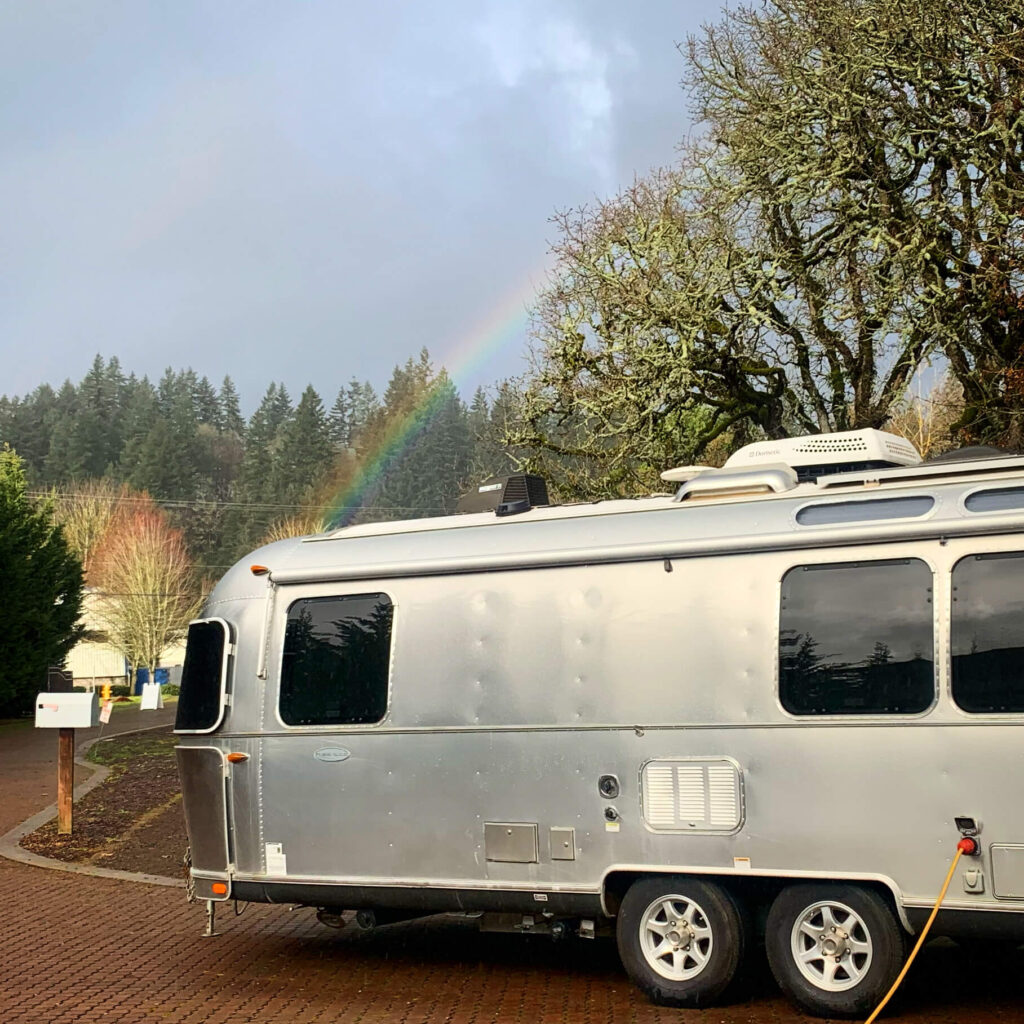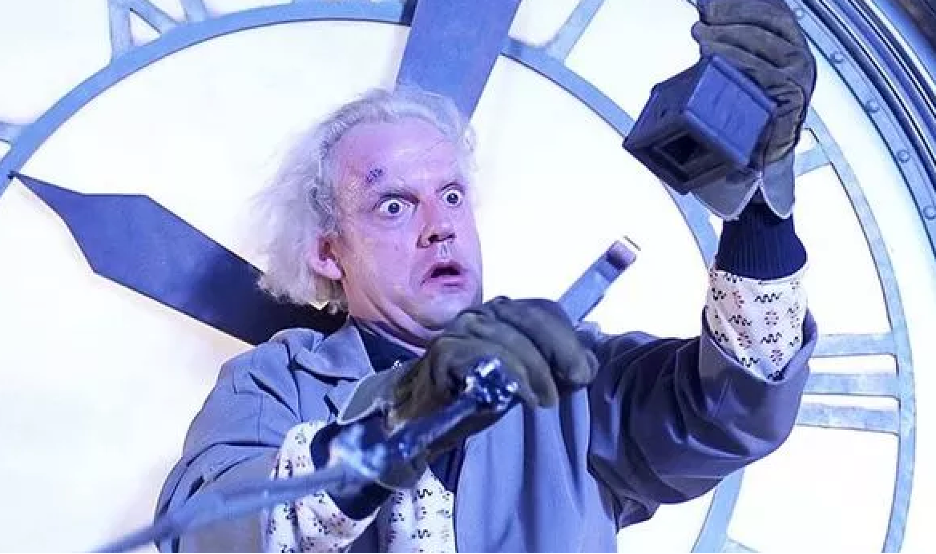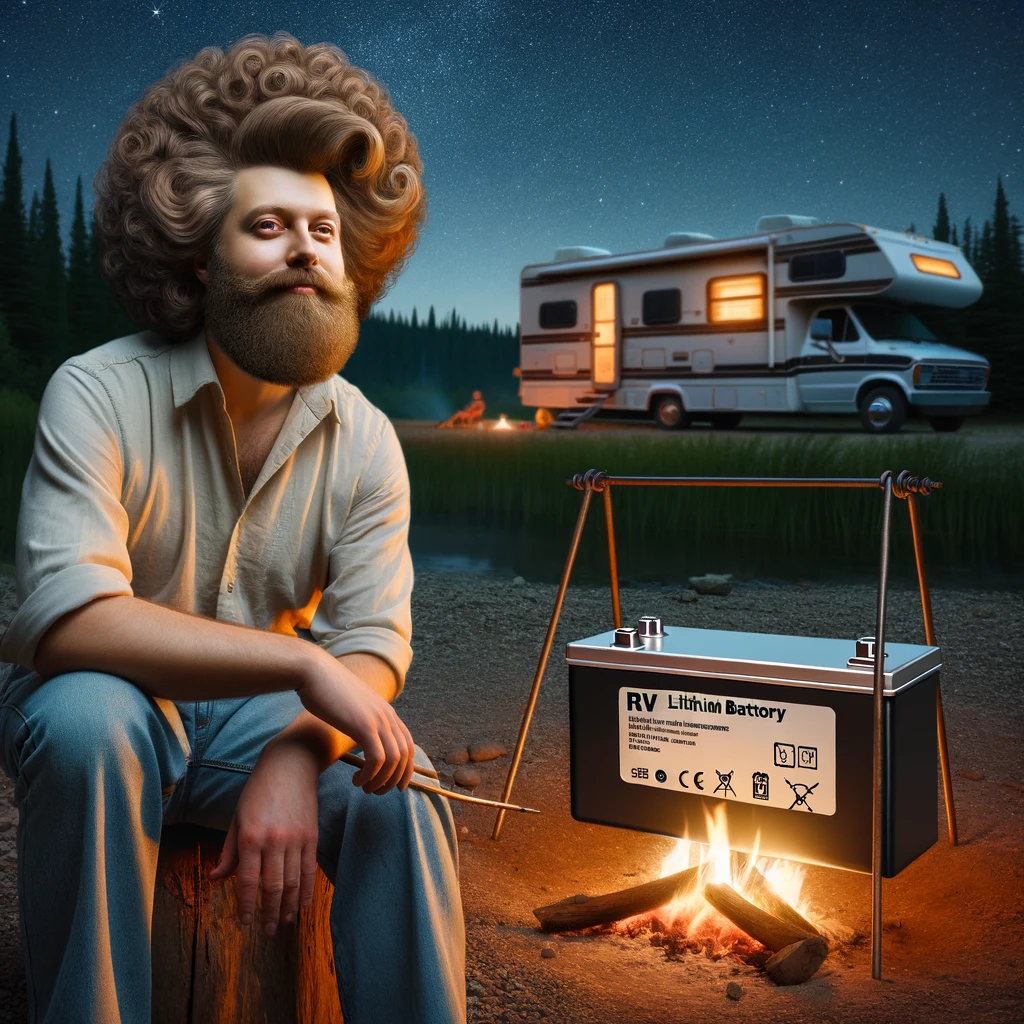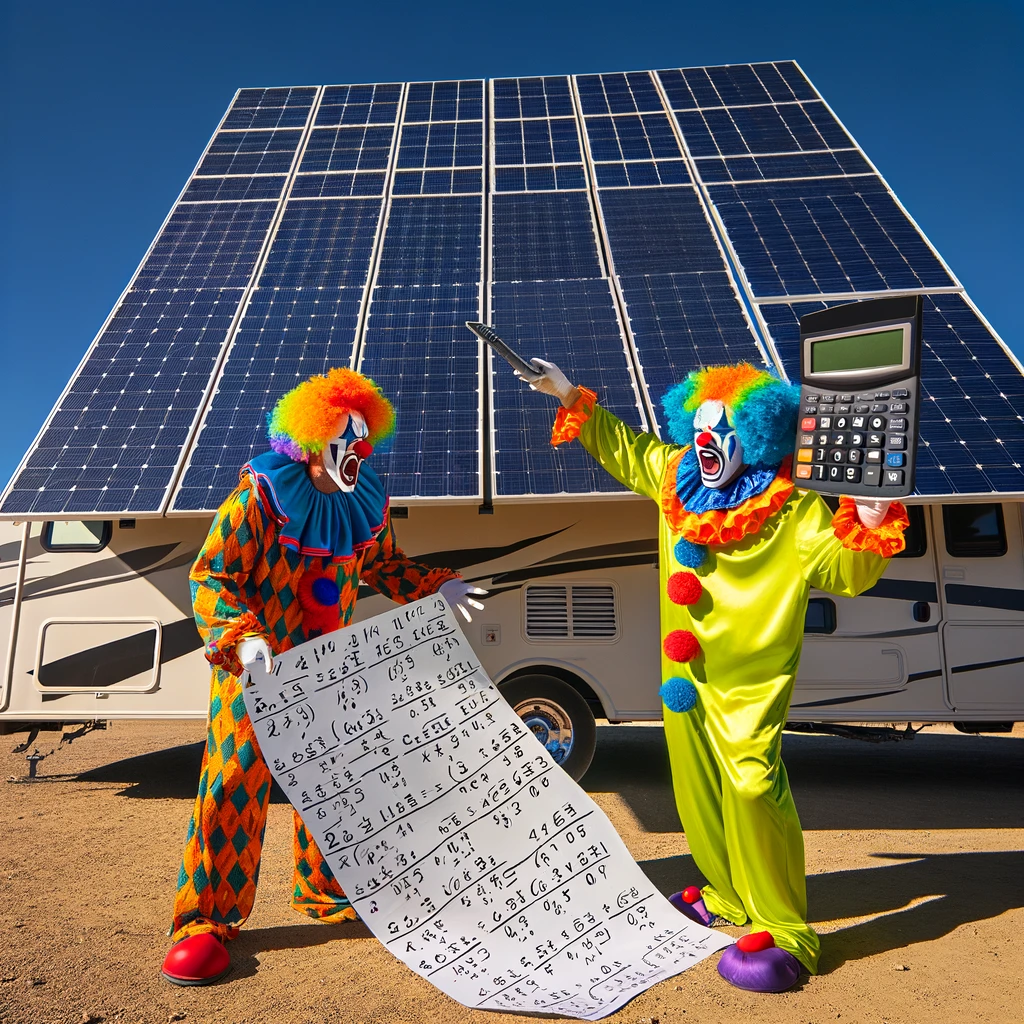We frequently get questions regarding Tesla battery based systems and how to incorporate them into their van, skoolie or motorhome. Customers with hopes of designing the ultimate mobile power system are buying these batteries second-hand after they have been used in drag races or salvaged from wrecks. Because of the Tesla brand image, low price, and high capacity, these are seemingly attractive batteries. But, at the time of this writing, the engineers at AM Solar can’t recommend them for a number of reasons.
Used Product
Most, if not all, of these Tesla batteries are used, and often the use has not been gentle. There is no warranty and you really don’t know what you are going to get with slightly abused batteries. AM Solar’s reputation is built upon selling and supporting rock solid systems, and it doesn’t seem like this qualifies.
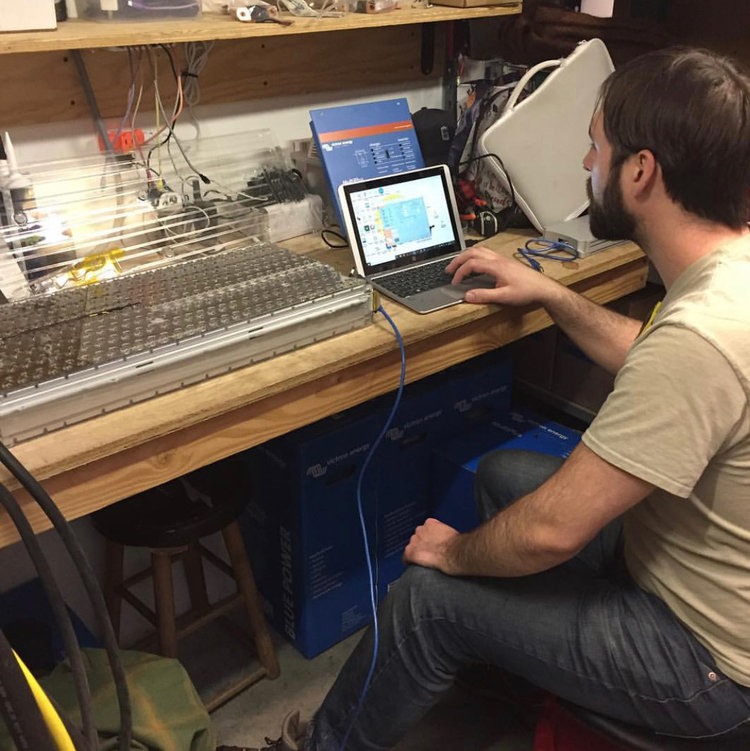
Removed Cooling System
The cooling system for the batteries is built into the Tesla car. When you take the battery out, it is very difficult to reincorporate that cooling system and is typically disabled. This increases the risk of overheating and limits the battery performance.
Battery Management System Integration
The proprietary Tesla BMS is difficult to interface with. There are many companies making products to solve this problem but in many cases, the new operation is far from the original battery management and balancing system. Until we can find a system we trust and depend on we will not be suggesting or supporting installations of these systems.
Voltage Range
Tesla batteries operate over a wide voltage range that is too high for 12V systems and just barely too low for 24V. The result is that a Victron Multiplus 24/3000 inverter can draw them down to 19V, but doesn’t start charging them until they are 21.8V. The gap between 19V and 21.8V represents about 40% of the battery’s capacity. If you had them in an unregulated system that let you draw them down to 19V, you would have to rely on another charging source (besides the inverter/charger) to get them up to 21.8V before the inverter/charger could do its thing. If you regulate them to prevent the inverter from drawing them past 21.8V, you miss out on 40% of the battery bank’s capacity, and that’s annoying.
AM Solar aims to be the technological leader in mobile power systems and we have conducted extensive testing on a Tesla battery system. We are currently designing and working with a prototype external BMS that will hopefully solve some of the Tesla battery issues, but the major bottleneck has to do with inverter limits.
AM Solar has been successful because when we take a customer’s money, we make sure they have a functional system and we support that system for the life the vehicle. Anything beyond a solar charging system on a Tesla battery based project falls into an area that we feel isn’t functional and isn’t something we can support. Therefore, we aren’t going to take on the project. There are other lithium options that are far more dependable and easier to install.
This article is not meant to disparage the Tesla company or their products in any way. It is my opinion that they make awesome cars and I want one.

